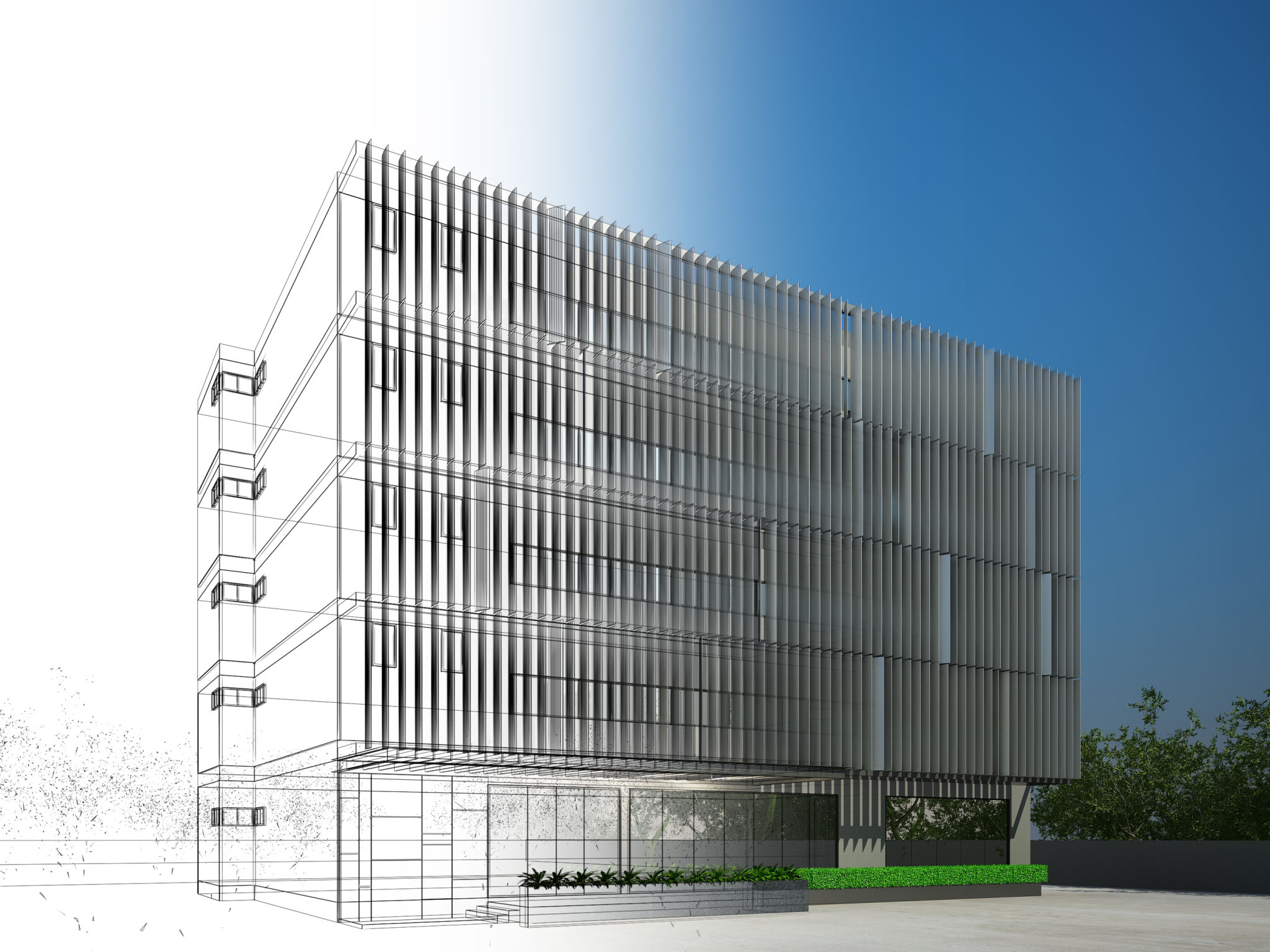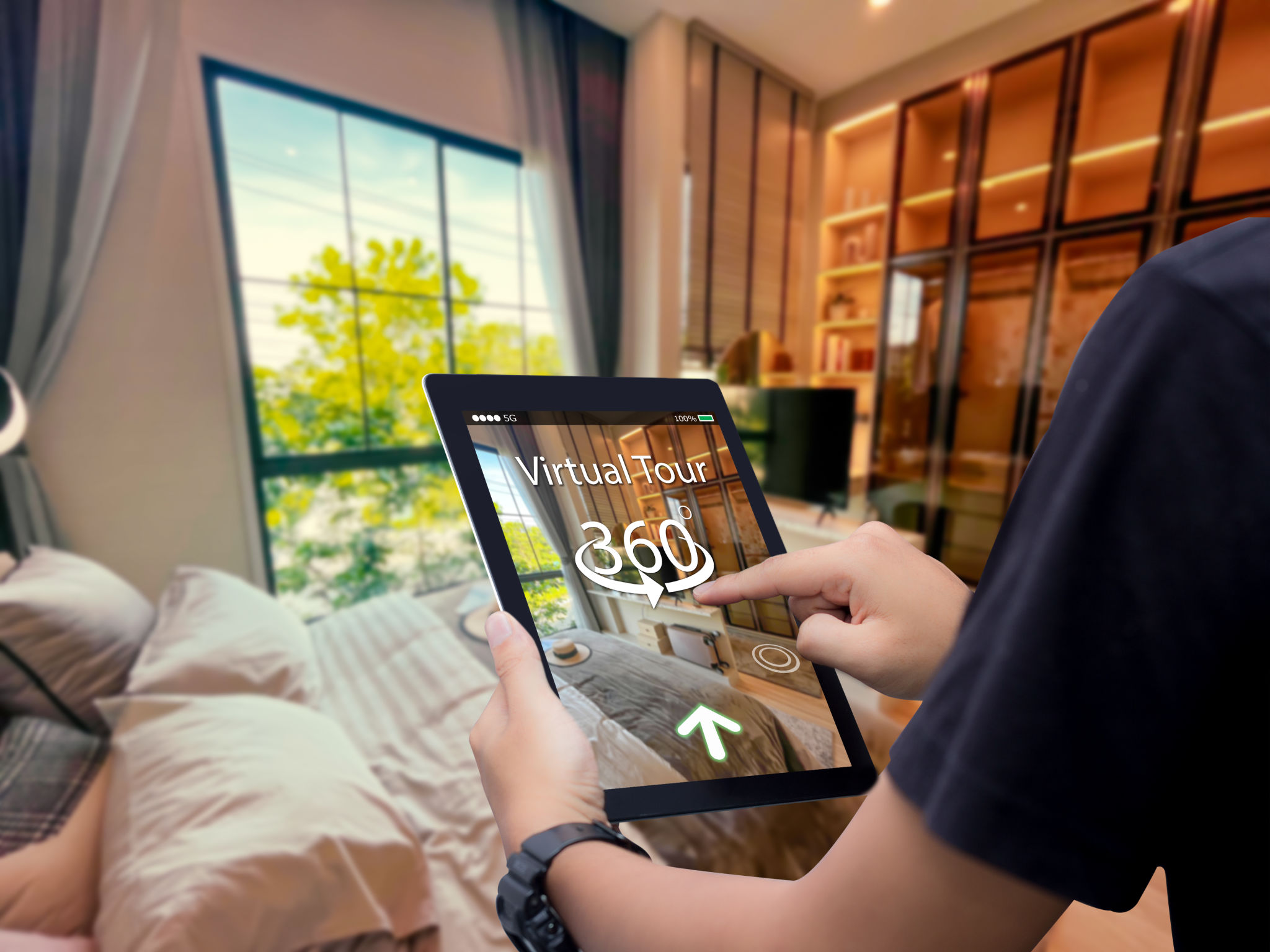The Impact of Architectural Visualization on Real Estate Development in Ohio
The Rise of Architectural Visualization
In recent years, architectural visualization has transformed from a niche industry tool into a fundamental component of real estate development. This change is particularly evident in Ohio, where developers are leveraging these advanced techniques to drive sales and streamline the construction process. Architectural visualization uses cutting-edge software to create highly detailed 3D models and renderings of buildings before they are constructed, offering numerous advantages.

Enhancing Communication and Understanding
One of the most significant impacts of architectural visualization is its ability to enhance communication between stakeholders. Developers, architects, and clients can interact with a digital model that accurately represents the final product. This clarity helps in making informed decisions and reduces misunderstandings that often occur with traditional blueprints.
Moreover, these visualizations facilitate discussions by enabling stakeholders to explore various design options. This capability empowers clients to express their preferences in a more concrete manner, ensuring their vision aligns closely with the project's outcome.

Boosting Marketing and Sales
Architectural visualization also plays a crucial role in marketing and sales strategies. In Ohio's competitive real estate market, it offers a unique edge by allowing potential buyers to visualize themselves in a yet-to-be-built property. These lifelike images and walkthroughs provide an immersive experience that static images or floor plans simply cannot match.
- Virtual Tours: Interactive 3D tours engage potential buyers, offering a glimpse into what living in the space would be like.
- Enhanced Listings: Listings enriched with high-quality visualizations stand out and attract more attention.

Streamlining the Construction Process
Beyond sales and marketing, architectural visualization aids in streamlining the construction process itself. With precise models, contractors can better understand the project scope, reducing errors and minimizing delays. This accuracy leads to more efficient project timelines and can substantially cut costs associated with rework or alterations.
Furthermore, it allows for better coordination among various teams involved in the project. Engineers, designers, and builders can collaborate effectively, ensuring that each component fits seamlessly into the overall design.
The Future of Real Estate Development in Ohio
As technology continues to evolve, so too will the capabilities of architectural visualization. In Ohio, developers are beginning to explore innovations such as augmented reality (AR) and virtual reality (VR), which promise even greater levels of interaction and realism. These technologies are expected to further revolutionize how properties are designed, marketed, and built.
The integration of these tools not only enhances the development process but also elevates the overall customer experience. By adopting architectural visualization, Ohio's real estate industry is poised to meet the demands of modern buyers while setting a new standard for efficiency and creativity in building design.

